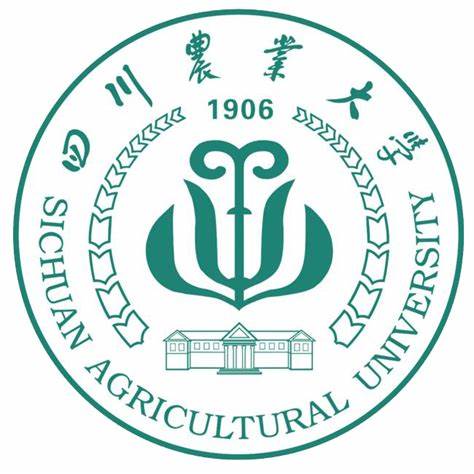The RING-finger ubiquitin E3 ligase TaPIR1 targets TaHRP1 for degradation to suppress chloroplast function
作者: 刁圣轩 审稿人:魏育明 时间: 2024-09-06 点击次数:次
https://www.nature.com/articles/s41467-024-51249-1
Nature Communications,volume15, Article number:6905(2024)
Rongrong Zhang,Yu Wu,Xiangru Qu,Wenjuan Yang,Qin Wu,Lin Huang,Qiantao Jiang,Jian Ma,Yazhou Zhang,Pengfei Qi,Guoyue Chen,Yunfeng Jiang,Youliang Zheng,Xiaojie Wang,Yuming Wei&Qiang Xu
Abstart
Chloroplasts are key players in photosynthesis and immunity against microbial pathogens. However, the precise and timely regulatory mechanisms governing the control of photosynthesis-associated nuclear genes (PhANGs) expression in plant immunity remain largely unknown. Here we report that TaPIR1, a Pst-induced RING-finger E3 ubiquitin ligase, negatively regulatesPstresistance by specifically interacting with TaHRP1, an atypical transcription factor histidine-rich protein. TaPIR1 ubiquitinates the lysine residues K131 and K136 in TaHRP1 to regulate its stability. TaHRP1 directly binds to the TaHRP1-binding site elements within the PhANGs promoter to activate their transcription via the histidine-rich domain of TaHRP1. PhANGs expression induces the production of chloroplast-derived ROS. Although knocking out TaHRP1 reduces Pst resistance,TaHRP1 overexpression contributes to photosynthesis, and chloroplast-derived ROS production, and improves disease resistance.TaPIR1 expression inhibits the downstream activation of TaHRP1 and TaHRP1-induced ROS accumulation in chloroplasts. Overall, we show that the TaPIR1-mediated ubiquitination and degradation of TaHRP1 alters PhANGs expression to disrupt chloroplast function, thereby increasing plant susceptibility to Pst.


